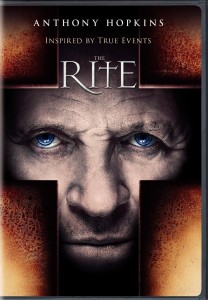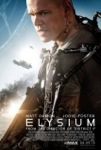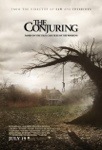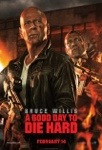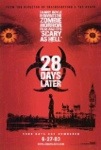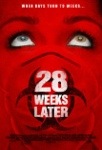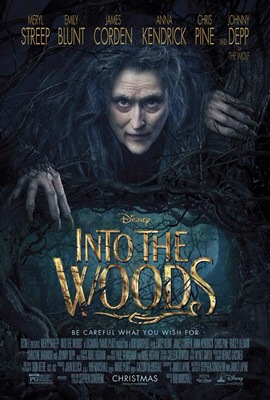
Into The Woods, 2014
Before I write my review I must confess – whilst I am a huge Steven Sondheim fan and have loved this musical since I first heard Bernadette Peters sing Children Will Listen (and had the original broadway cast recording playing in my car for a looooong time) – I have never had the privilege of seeing it performed live. I had no preconceived notions of what to expect, other than the music. However, given the casting choices of relatively popular/well known actors in the lead roles, rather than actors from the musical theatre community, I went in with fairly low expectations.
I have to say straight up, I thoroughly enjoyed this film. I was pleasantly surprised by the majority of the cast – Meryl Streep‘s voice has improved a great deal since I first heard her sing in Mamma Mia, and her Witch was a good blend of tortured and psychotic; Emily Blunt was a delightful surprise as the Baker’s Wife, both her singing and facial expressions; having loved James Corden in Doctor Who, I had no idea what to expect here either and I wasn’t disappointed with him as The Baker, he and Blunt worked very well together; Johnny Depp, whilst not having the greatest voice in the world, was delightfully creepy as The Wolf; and the most pleasant surprise of all was Chris Pine as Cinderella’s Prince. Again Pine’s singing isn’t the greatest, but the way he plays the prince is perfect (in some scenes almost seeming to channel William Shatner), his and Billy Magnusson‘s performance of Agony was hilarious. Whilst I wasn’t surprised by Anna Kendrick‘s performance (having seen her in singing roles before), I did enjoy her Cinderella. The children who play Jack (Daniel Huttlestone – Les Misérables) and Little Red Riding Hood (Lilla Crawford) also gave very strong performances.
Director Rob Marshall seemed to keep special effects to a relative minimum (given what can be done on film these days), keeping it much like a stage production – a great decision in my view. Costuming was also beautiful, as was the use of Sondheim’s typically discordant score. Marshall was an interesting choice for director – whilst he is not a particularly prolific director, four of the eight features he has directed have been film adaptations of musicals (Annie, Chicago & Nine), which met with varied success.
Whilst I did thoroughly enjoy Into The Woods, there were some disappointments. The major disappointment, as is almost always the case with musical theatre adaptations, was cuts to the original score. As is common to many of Sondheim’s musicals, the main themes of this musical are the complexities of relationships and the human condition, as well as the everlasting struggle of good versus evil and right versus wrong. As the majority of cuts seemed to be in Act 2, some of the depth and profundity of this musical seemed to be lost. But for me, the biggest loss was the cutting of the Agony Reprise – especially given the fantastic audience response to Chris Pine and Billy Magnusson’s performance.
If you don’t enjoy the spontaneous singing of musical theatre or the somewhat unconventional harmonies of Sondheim’s scores, I wouldn’t recommend this film. Otherwise, suspend your disbelief and go for it!
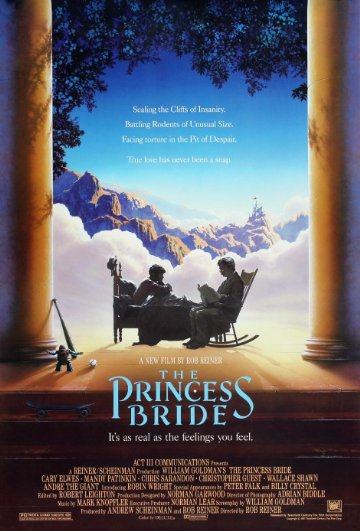

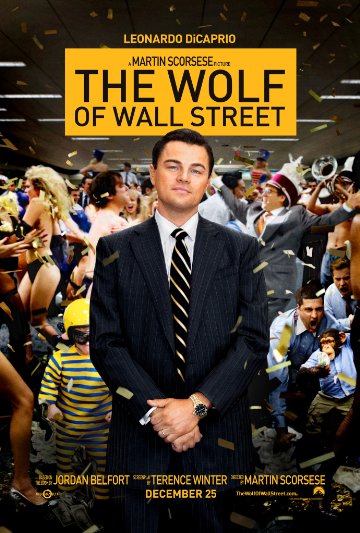
 The death of
The death of 